Planting the seed
The journey of a bean begins with a tiny seed. Students carefully placed their seed into some soil in small pots. They learnt about nurturing and caring for living things. After that, they placed their pot in a sunny spot, where they could observe the changes that occurred over time. It is important that students develop an understanding of the natural world, the process that happens with growth and how change occurs over time. They also learned valuable skills such as observation, prediction and critical thinking.
Sprouting and growth
As a whole class we talked about what scientists do and discovered through discussions that scientists make predictions. We used a picture plan to organise our ideas. Students continued to observe changes, and then recorded changes in their journals. Over the next ten days they eagerly awaited the growth cycle to begin and observed the changes to their plants. After ten days they measured their plants using non standard units of measurement such as plastic blocks. The next step for them would be using rulers to record accurate measurements.
As they measured their plants with blocks they were able to see changes. The students could see that some plants had grown by more blocks than others. By measuring their plant at day ten they were able to identify all the changes to their plants.
Every student kept their individual journal to document the progress and to practice recording changes like scientists do. They reflected on what they had seen and compared their earlier predictions with the final result. The journals are a great way for students to have a record of their findings as scientists and to see change over time.
Through this science activity we integrated reading, math, writing and art. Students completed story sequence activities of the bean plant life cycle by matching the correct pictures with different stages of the growth cycle to reinforce their learning. They also learnt about the life cycle of the sunflowers and each student created amazing pictures of sunflowers in art. They understand when seeds fall into an area with soil, a new plant will grow and another life cycle will start all over again.
The seed will grow into a bigger plant with sun, water and good soil.
The beans start growing tall after three days.
‘The Tiny Seed’ by Eric Carle
Combined with their hands-on experiment, learners also listened to a story ‘ The Tiny Seed’ by Eric Carle. Students soon understood that as plants continue to grow, they develop delicate leaves and sometimes flowers. This stage of the life cycle offered a wonderful opportunity to explore the concept of pollination and to learn new vocabulary like seeds, germination, seedlings, adult plant and flower. Some learners also learned the plant life cycle has reproduction, pollination and seed spreading stages, too.
The seed grows and cracks open. Then it starts to grow big.
I learnt how to grow beans now.
I measured my plant with the plastic blocks.
Reading corner about plant life cycle books
We set up a fun and inviting reading corner with this project in mind. This corner provided a great opportunity to encourage students to read quietly about this topic or explore their interests in this area further.
After weeks of care and nurturing, the bean plant will produce its fruit pods filled with seeds. We are going to extend the learning experience by planting the seeds from the pods and see what happens. This cyclical process reinforces the concept of renewal and regeneration, instilling in children a deeper respect for nature.
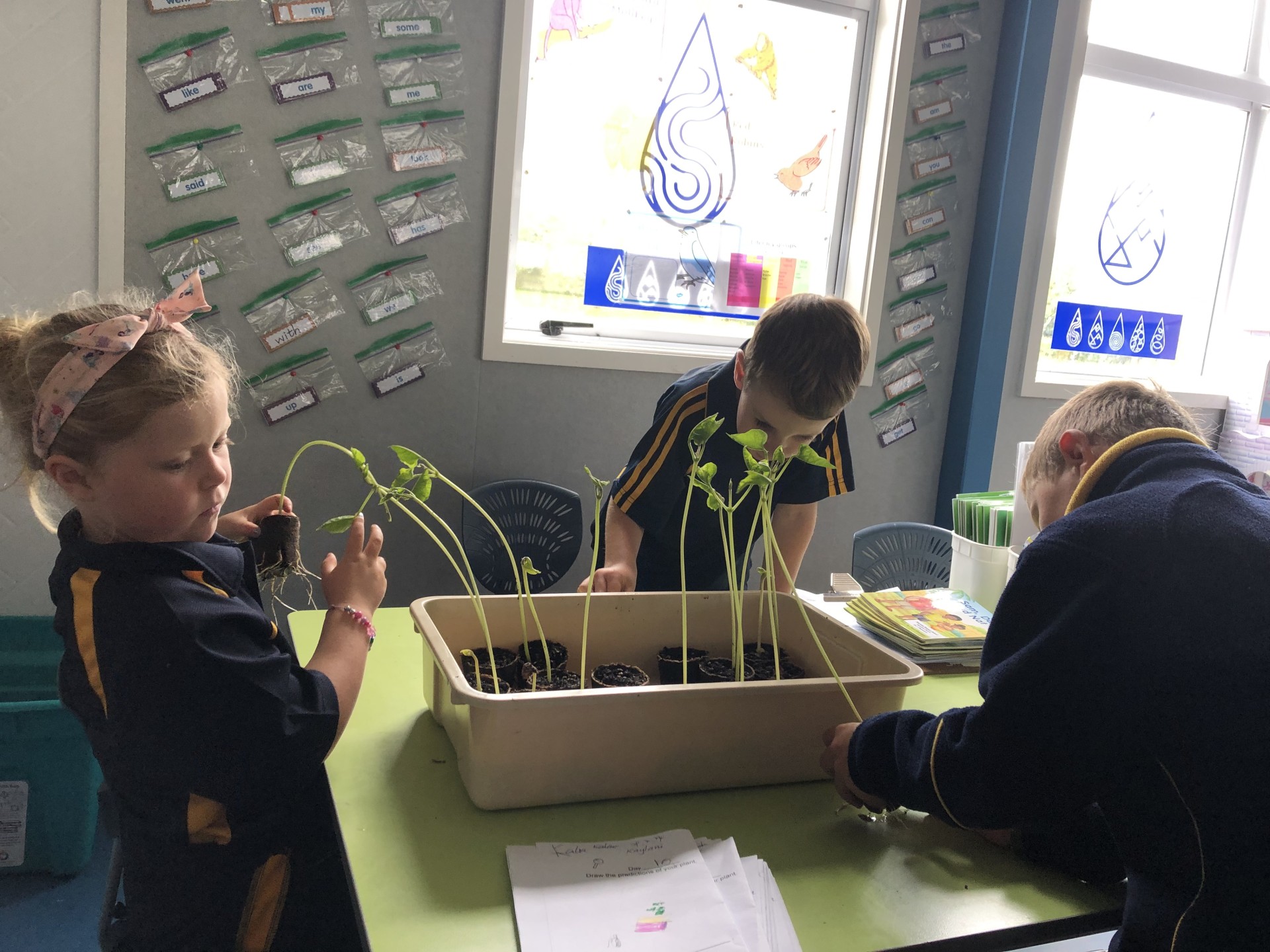
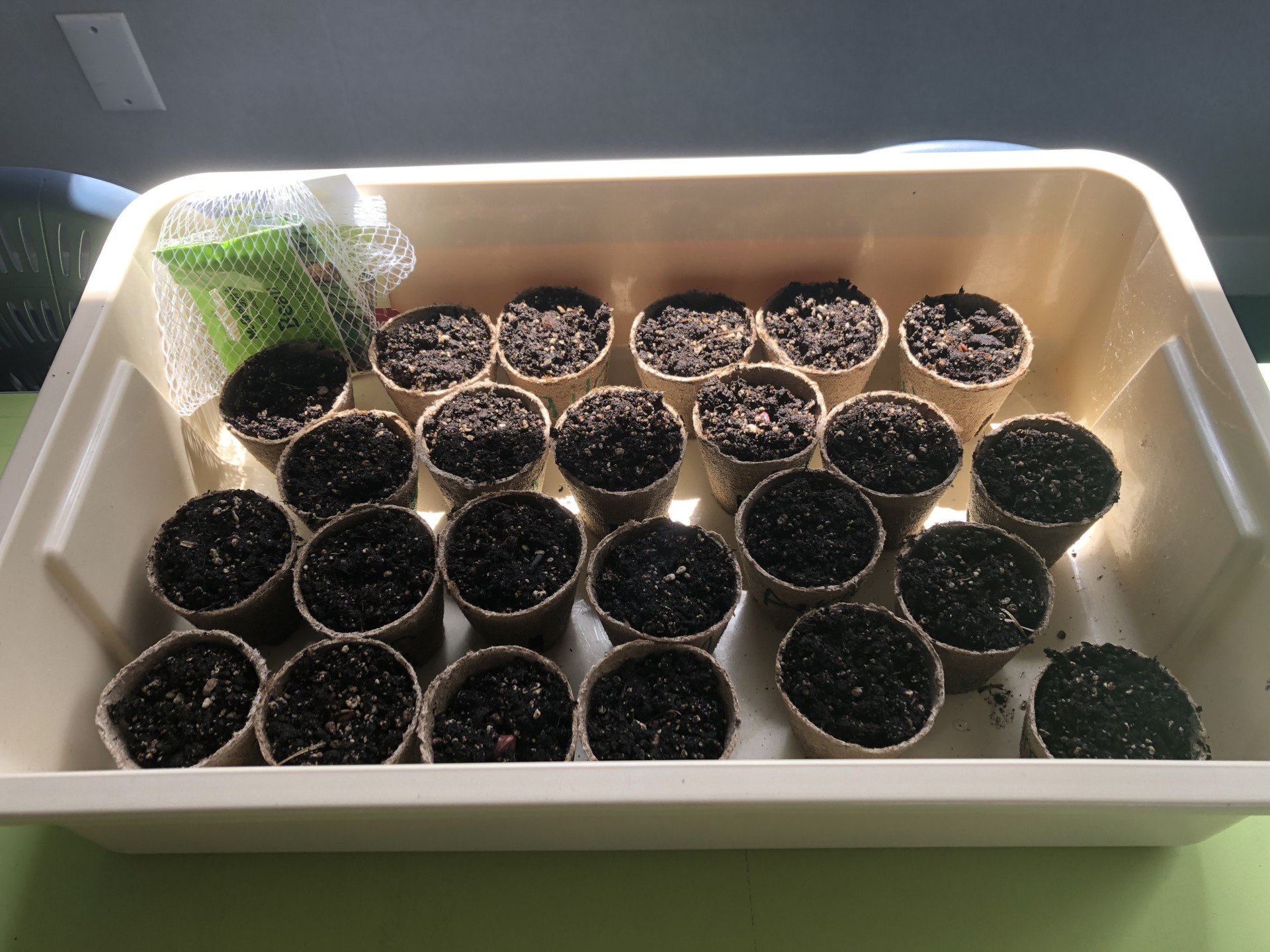
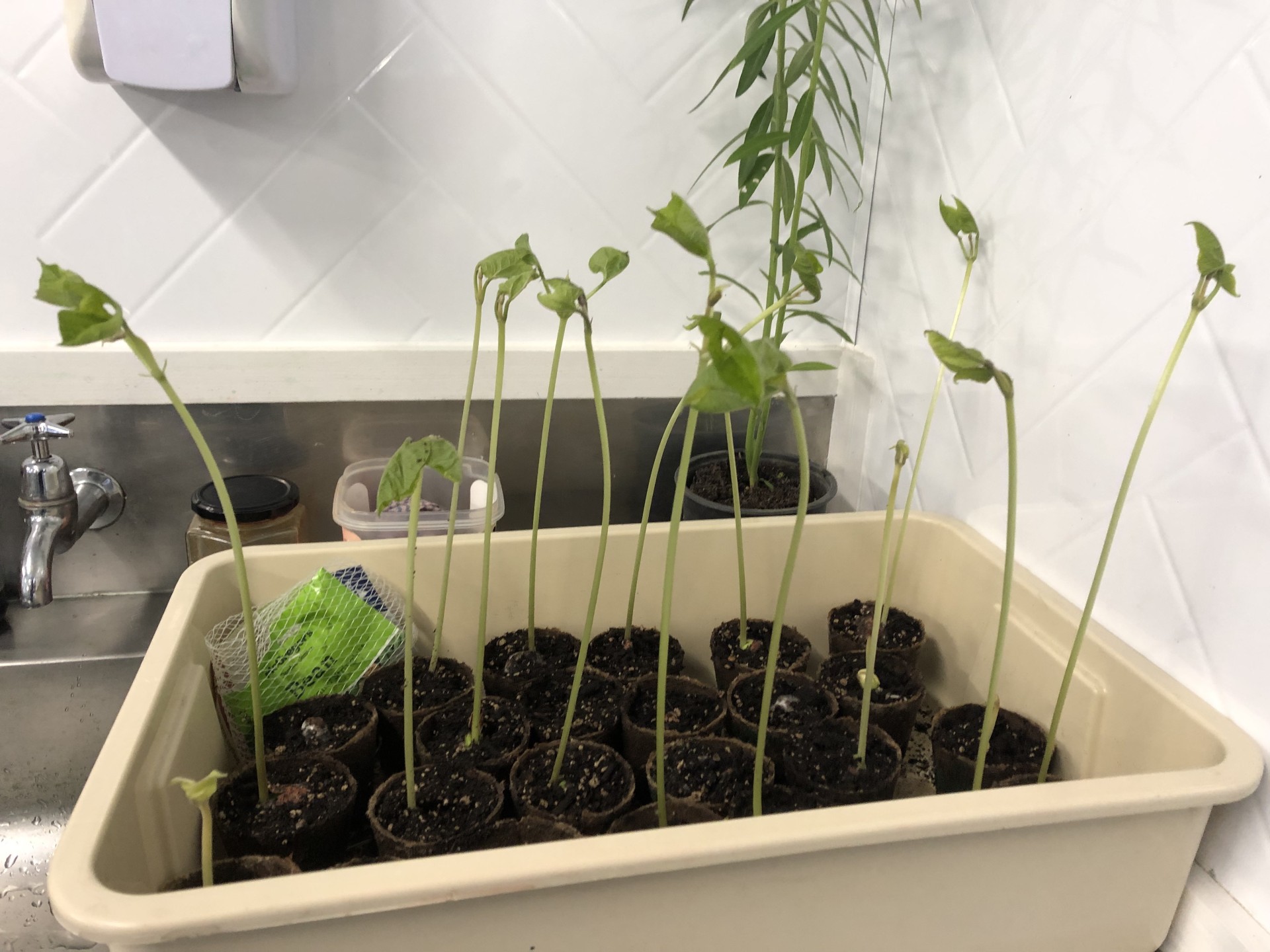
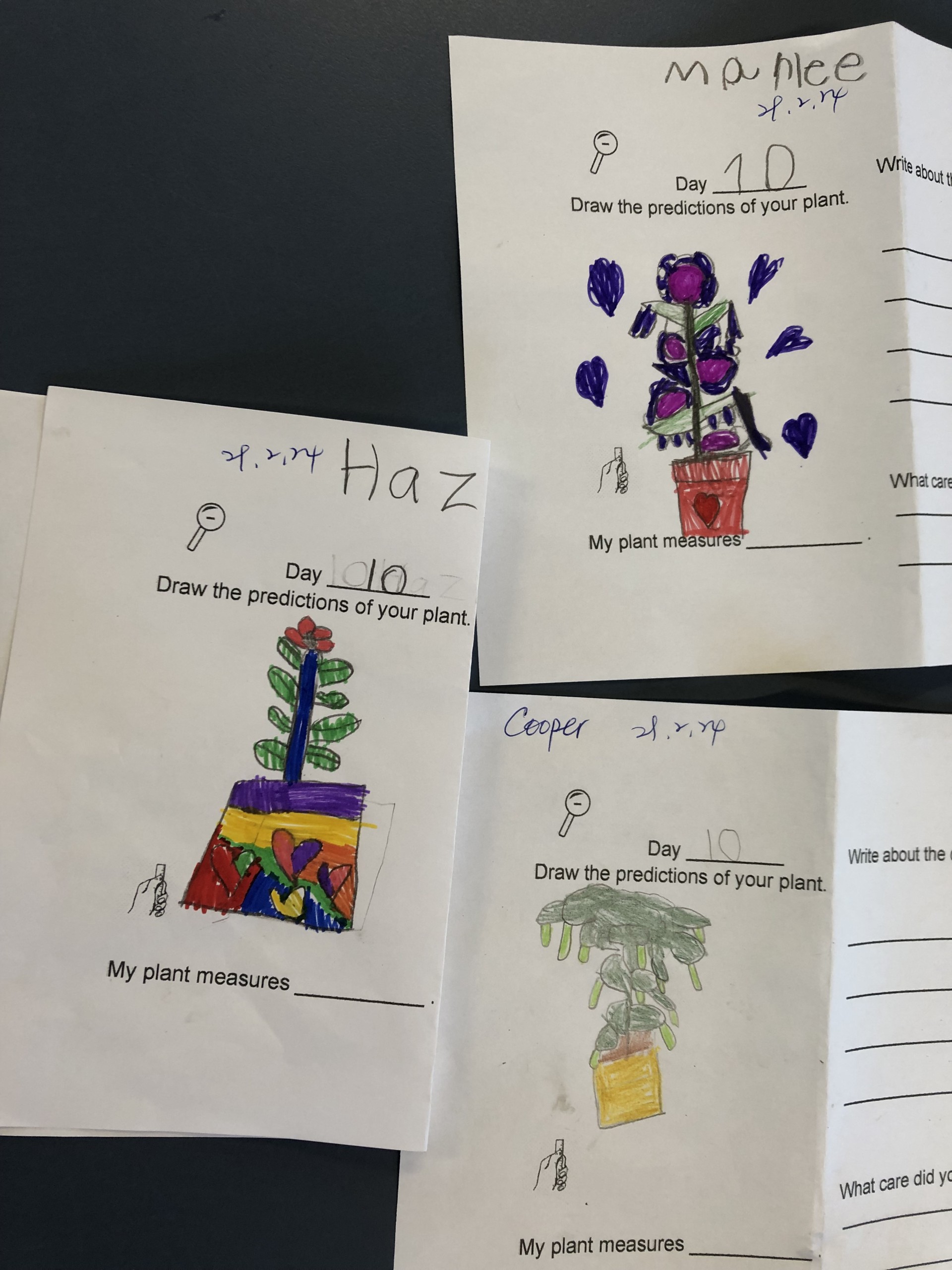
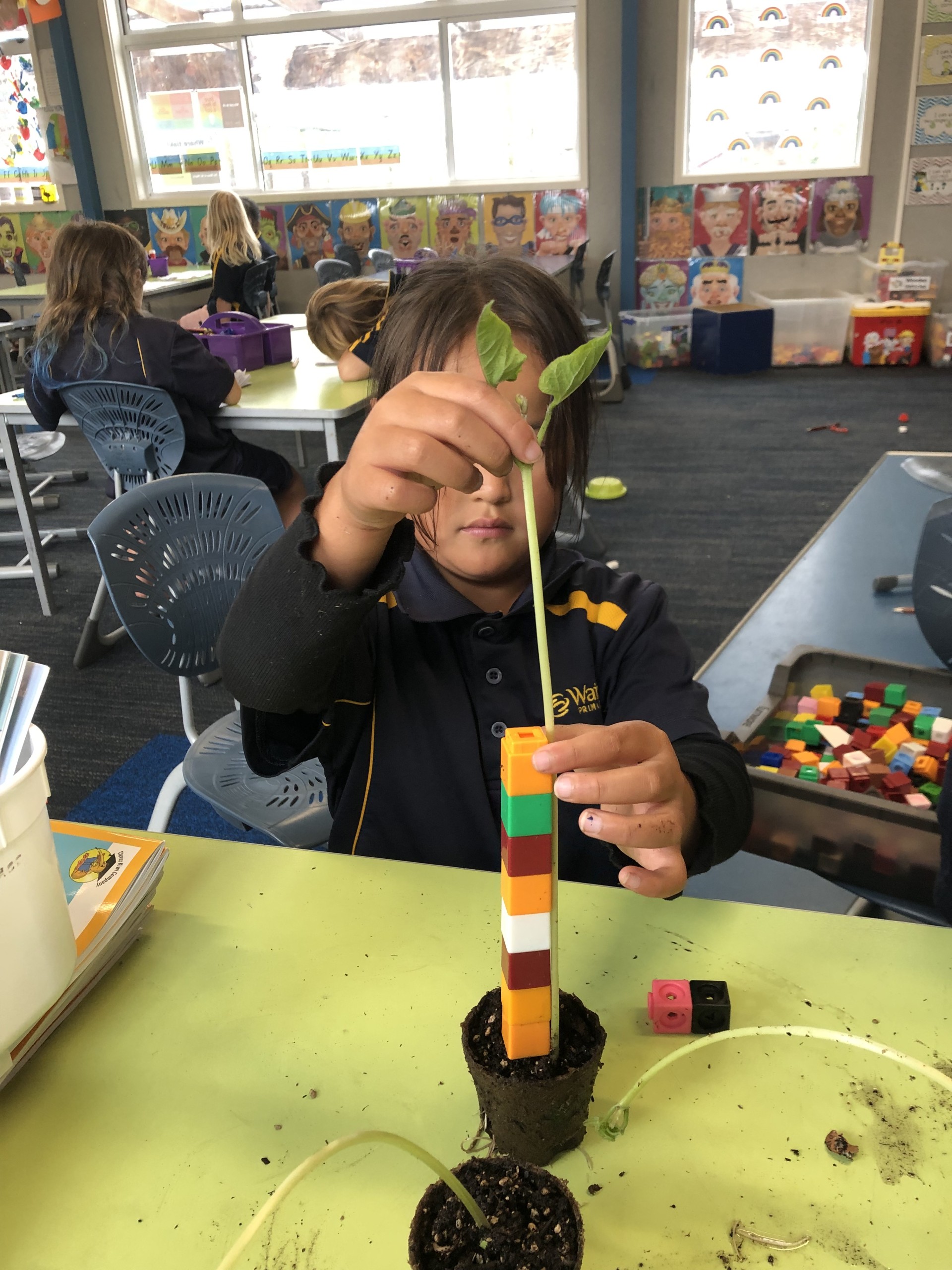
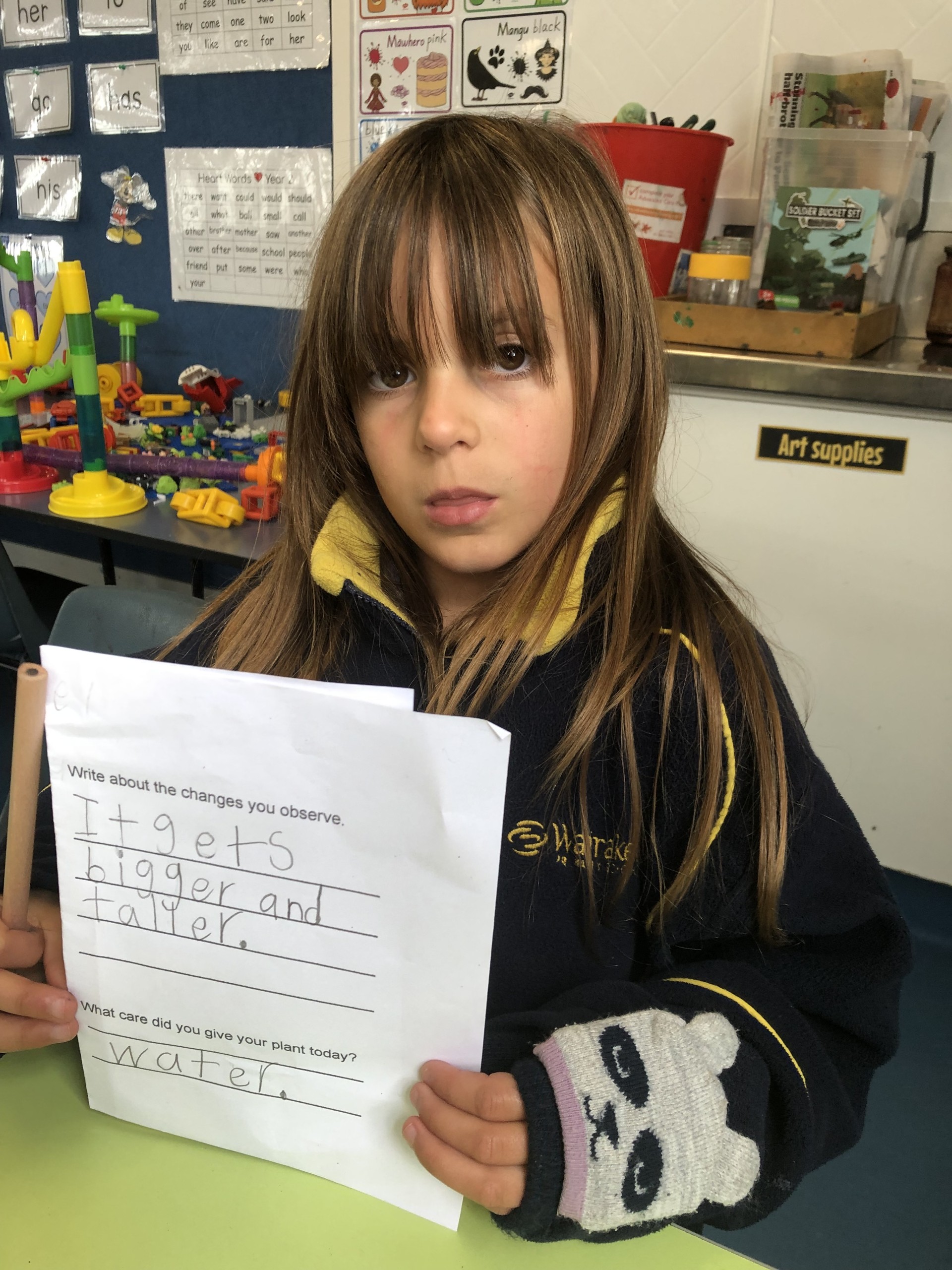
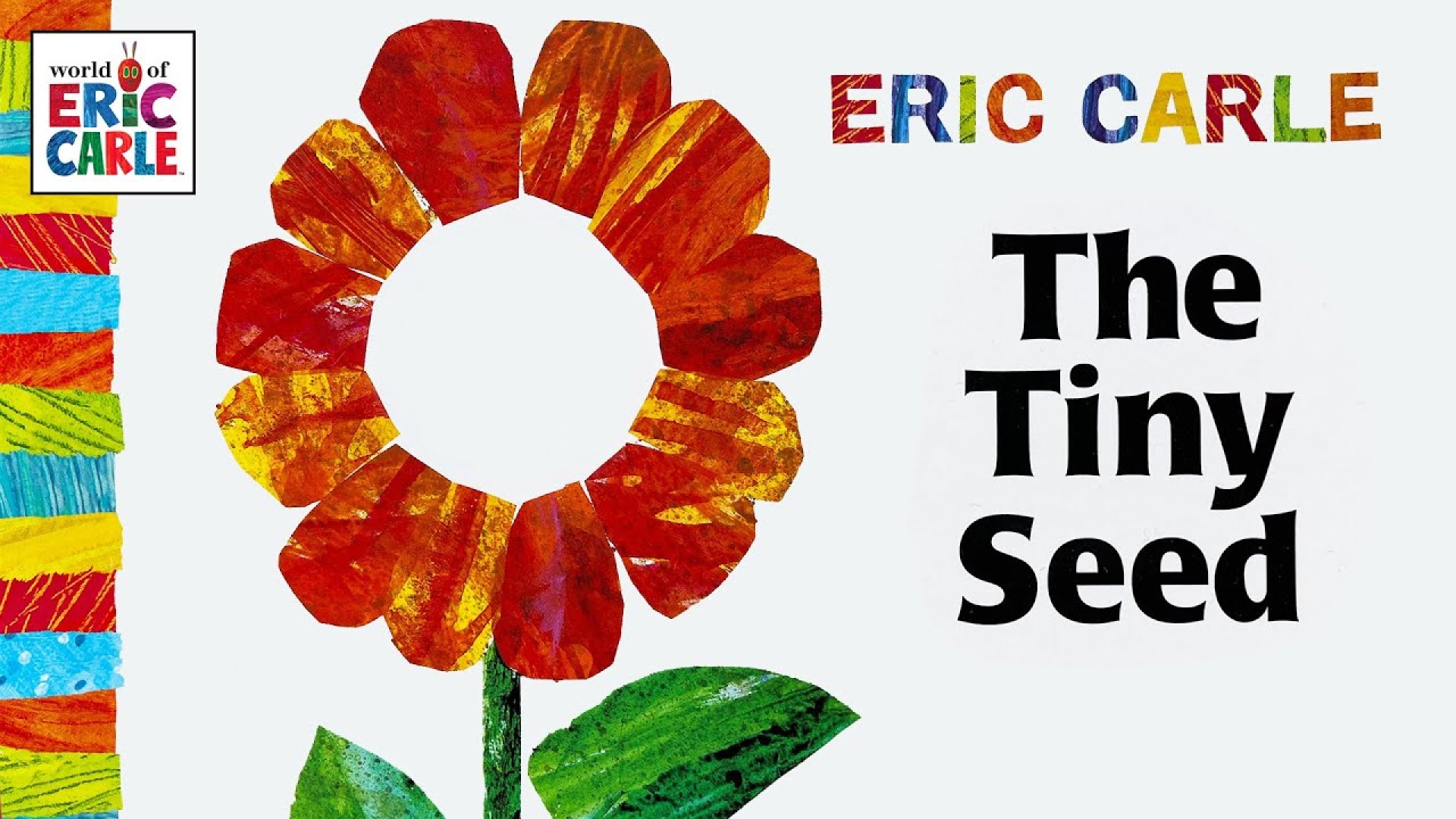
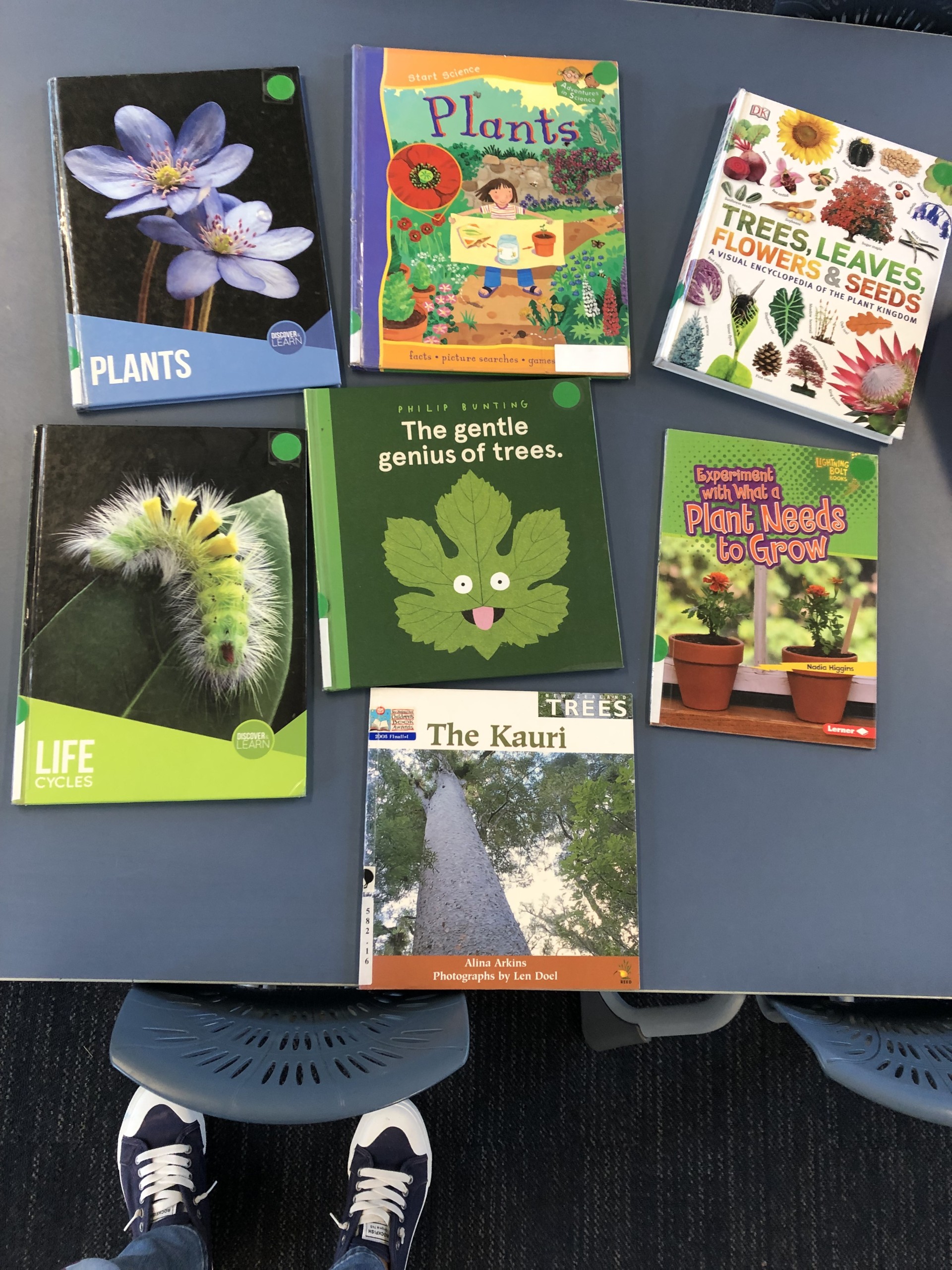
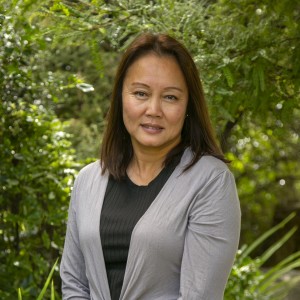

Comments
No one has commented on this post yet.